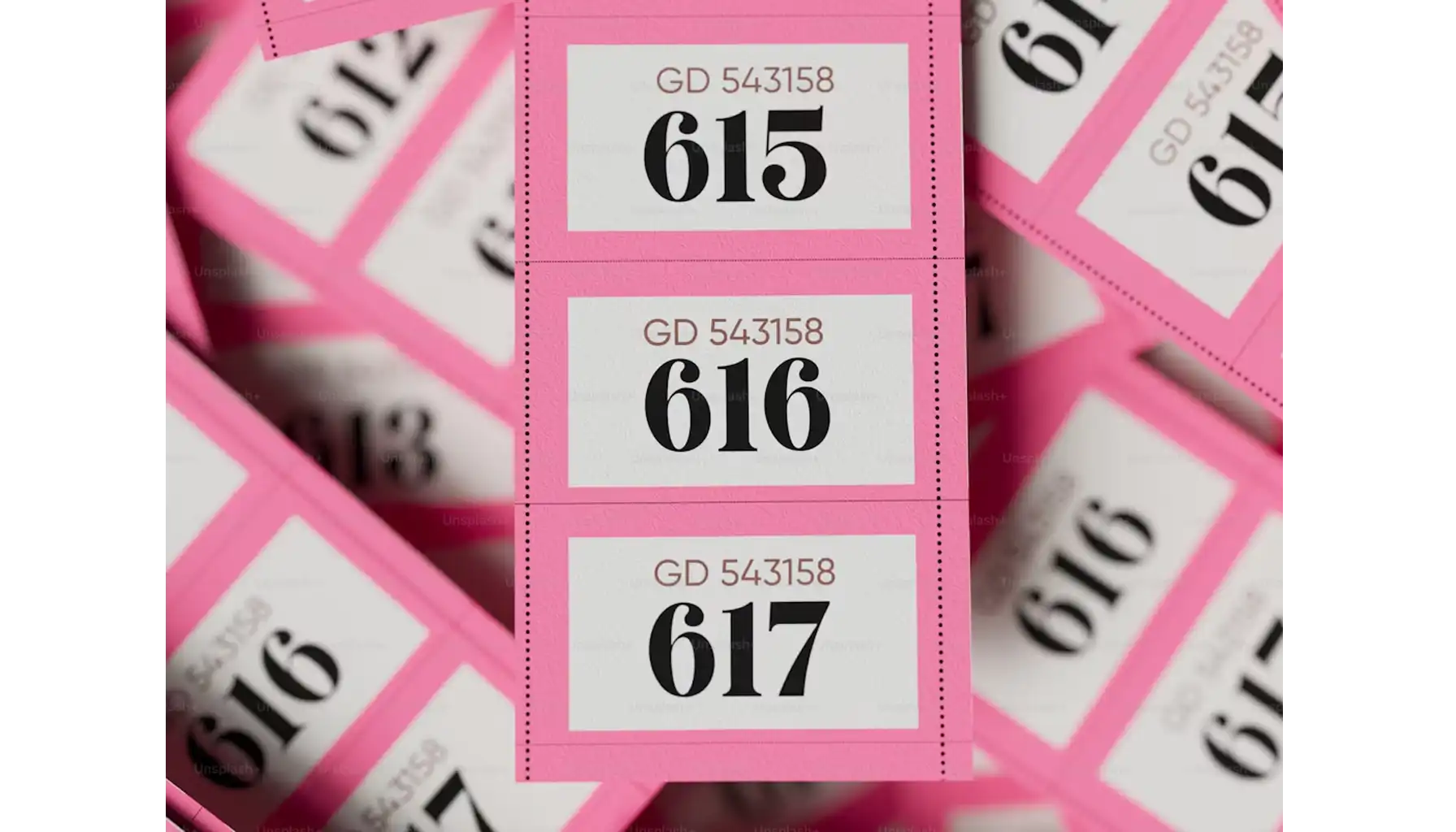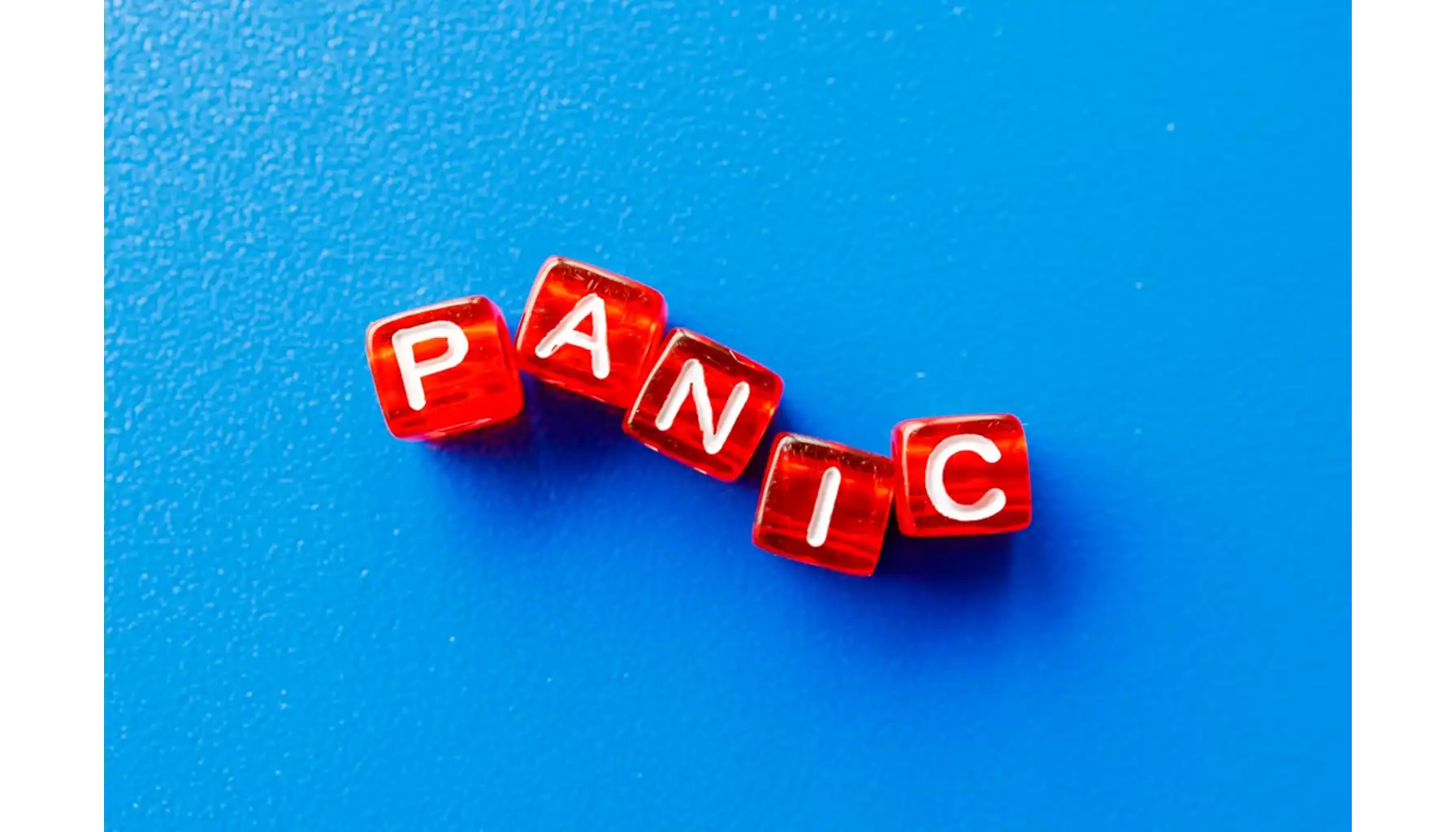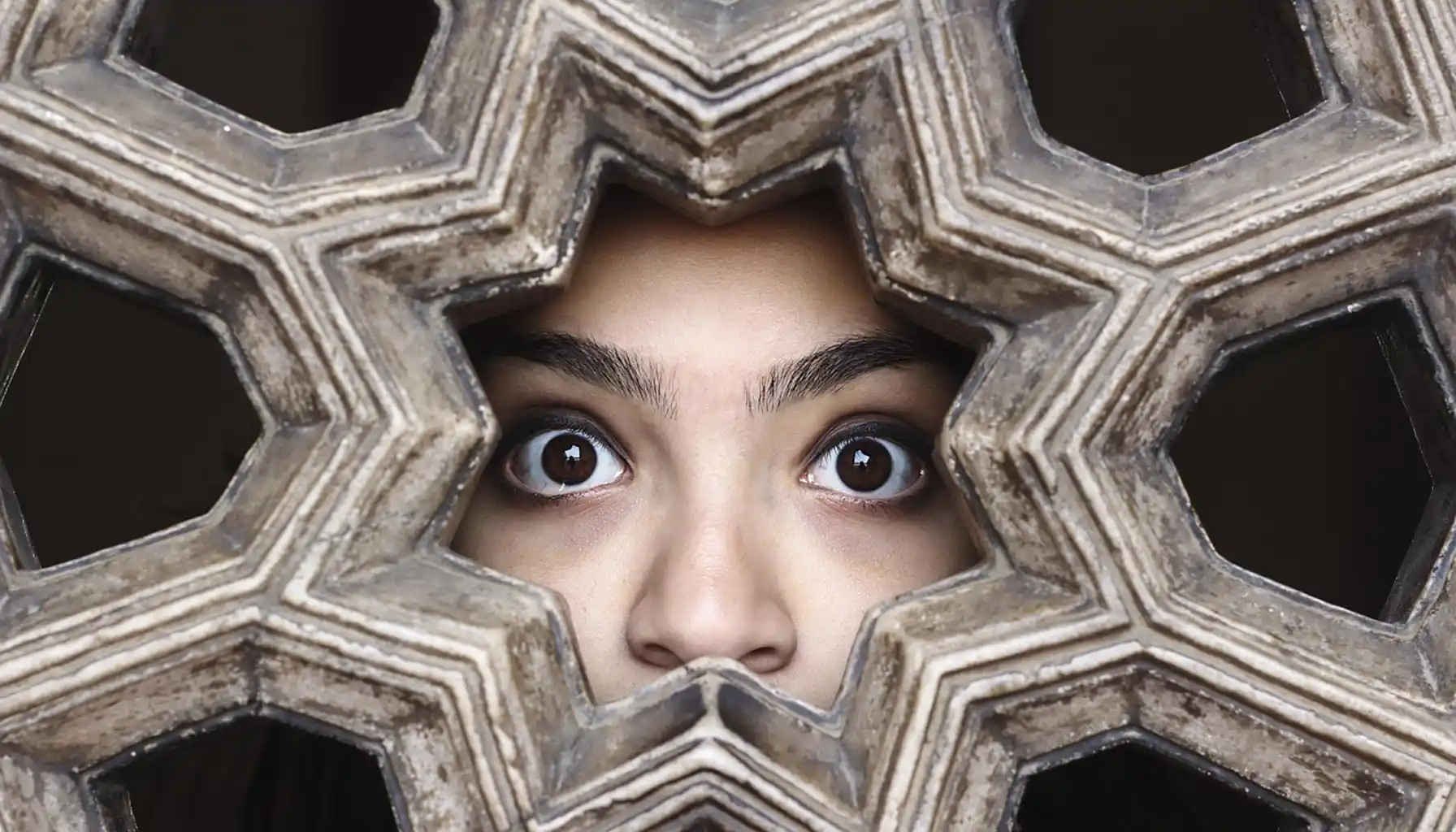Hexakosioihexekontahexaphobia: The Fear of 666

Contents:
- What is Hexakosioihexekontahexaphobia?
- Origins and Cultural Background of the Number 666
- Symptoms of Hexakosioihexekontahexaphobia
- Everyday Impact and Avoidance Behaviors
- Causes of Hexakosioihexekontahexaphobia
- Diagnosis and Related Conditions
- Treatment Options for Hexakosioihexekontahexaphobia
- Historical and Modern Examples
- Practical Tips for Coping
Modern psychology identifies dozens of specific phobias, each of which limits a person's life in its own way. Among them are rare but striking examples — hexakosioihexekontahexaphobia, that is, an irrational fear of the number 666. This condition intertwines with anxiety but also with a long cultural memory, where the number has stood for evil and danger across generations.
Meeting this number often causes severe anxiety — be it a house number, the amount on a check, or even a page in a book. Learn about the roots and the different coping strategies that one can use to live with this phobia, as this is very essential.
In the context of cognitive disorders, attention is paid to both symptoms and treatment options, which today include modern approaches, for example, online brain games.

What is Hexakosioihexekontahexaphobia?
This is a specific fear that appears when in contact with the number 666. Unlike mild superstition, this condition leads to severe anxiety, even panic attacks.
It’s classified as the category of specific phobias described in DSM-5, where the key criterion is not just discomfort, but a noticeable decline in the quality of life.
Hexakosioihexekontahexaphobia in Clinical Context
Hexakosioihexekontahexaphobia meaning is associated with an irrational interpretation of the number 666 as dangerous or "cursed".
In a clinical context, hexakosioihexekontahexaphobia definition describes an excessive and difficult to control fear that can appear in both religious and secular environments. For some, it’s associated with biblical texts, for others — with frightening images from films or urban legends.
Origins and Cultural Background of the Number 666
The roots of fear go back to the biblical "Book of Revelation", where 666 is called "the number of the beast". Multiple layers of belief have been imbued in this image for centuries, ranging from apocalyptic prophecies to mystical legends.
In the Christian tradition, the number is associated with the Antichrist and the apocalypse.
In numerology, the number is seen as a symbol of chaos and broken balance.
In popular culture, it turned into a cliché, flashing in horror novels and films as a shortcut to fear.
A particularly illustrative example is the American highway Route 666. It was nicknamed "The Devil's Road", and then completely renamed, because the very sight of the number frightened drivers and caused complaints.
Symptoms of Hexakosioihexekontahexaphobia

Symptoms of the phobia can be divided into psychological and physiological.
Psychological reactions:
obsessive thoughts about the number 666;
panic when seeing a number on a sign, screen or abacus;
avoidance of situations where an encounter with the number is possible;
a feeling of doom or danger.
Physical reactions:
rapid heartbeat;
sweating and trembling;
feeling of lack of air;
dizziness or nausea.
Symptoms can vary: for some it’s mild discomfort, for others — panic attacks, because of which it’s difficult to live a normal life.

Everyday Impact and Avoidance Behaviors
People with this phobia often change their habits to minimize contact with the "unlucky" number.
Examples:
changing the route if the bus number is 666;
refusing to make a purchase if the amount at the checkout is $6.66;
replacing documents or cards that contain a number sequence;
difficulty making decisions at work if the "ominous" number appears in reports or statistics.
Such actions may seem small, but in aggregate they create limitations similar to other specific fears, such as arithmophobia (fear of numbers).
Causes of Hexakosioihexekontahexaphobia
Factors that contribute to the development of this condition are varied:
Pop culture and media. In horror films, books, and music videos, the number 666 is often used as a symbol of darkness and menace. The constant presence of this image in popular culture reinforces the fearful perception of the number in impressionable people.
Personal experience. A stressful event associated with the number 666 can reinforce the association with danger.
Heredity. A tendency to anxiety disorders can be inherited genetically.
Observation. If loved ones have expressed fear of this number, a child may adopt a similar belief.
Diagnosis and Related Conditions

Although the DSM-5 does not explicitly mention the condition, it’s diagnosed as a specific phobia using the general criteria. The doctor considers the duration, intensity, and impact of the fear on everyday life.
Similar conditions:
daemonophobia — fear of demons;
panic disorders;
obsessive-compulsive symptoms associated with numbers;
paranoid traits.
Treatment Options for Hexakosioihexekontahexaphobia
Modern approaches can significantly reduce symptoms of fear.
Therapeutic methods:
Cognitive behavioral therapy teaches not only to change thought patterns, but also to notice the first signs of anxiety in time, so as not to let them develop into panic.
Exposure therapy follows the path of gradual habituation: from mentioning a number in a conversation to its visual appearance in a safe environment, where fear can be managed under supervision.
Group therapy fills the atmosphere with the comforting presence of people, as patients can openly speak out and truly experience the feeling of having been alone in the suffering of this fear.
Medication:
beta blockers to reduce physiological response;
tranquilizers in acute cases;
antidepressants when combined with other anxiety disorders.

Historical and Modern Examples
History records many cases when the number 666 became the focus of mass fears:
renaming houses and streets at the request of residents.
changing telephone numbers and car license plates.
public discussions about the "devilish" symbol in religious communities.
Modern research shows that such steps not only reflect individual experiences, but also demonstrate the cultural extent of the number's influence.
Table: Comparing Specific Number Phobias
Phobia | Object of Fear | Typical Manifestations |
Hexakosioihexekontahexaphobia | Number 666 | Panic, avoidance, rituals |
Triskaidekaphobia | Number 13 | Refusal to travel, superstitious practices |
Arithmophobia | Numbers in general | Difficulty with calculations, anxiety at school |
Practical Tips for Coping
To reduce the effects of fear in everyday life, it is useful to:
track situations that cause anxiety and record them;
discuss the condition with a psychotherapist;
use mental health apps, such as Mind Elevate, where simple relaxation practices are available;
share experiences with loved ones to reduce the feeling of loneliness.
breathing practices;
physical activity;
stress reduction techniques, including mindfulness meditation;
gradually increase contact with the number 666 in a safe environment.
What This Phobia Teaches Us
By studying such fears, we see not only the medical aspect of the issue. It’s also a reminder of how symbols and myths can take root in our minds.
A number that many people think is just a strange superstition turns into a real test for a person with a phobia. It can be very difficult to cope with it without the support of specialists and the support of loved ones.





